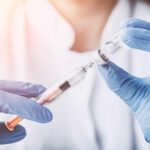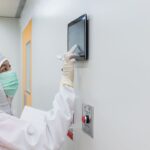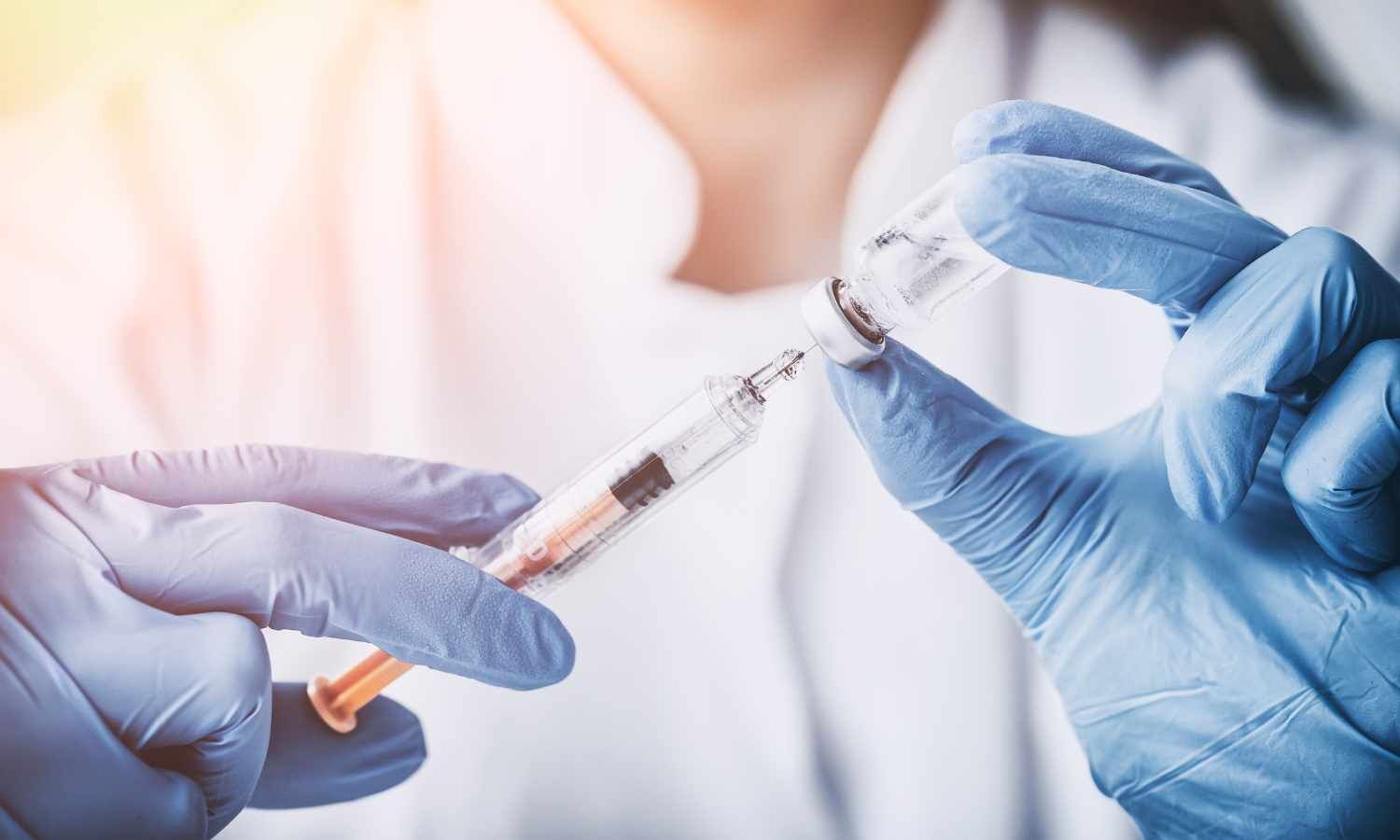October 10, 2025
5 min read
Medial patellofemoral ligament reconstruction has been the primary procedure for the treatment of patellar instability, with generally excellent outcomes.
However, the risk for patella fracture remains one of the known catastrophic complications of this procedure. Within the past 15 years, our understanding of MPFL anatomy has improved to include the fibers that attach to the quadriceps tendon, termed the medial quadriceps tendon femoral ligament (MQTFL). Together, these two structures form the medial patellofemoral complex (MPFC) and share a common origin on the femur.

Source: Miho J. Tanaka, MD, PhD
MQTFL reconstruction has been described in the treatment of patellar instability as an alternative to MPFL reconstruction, as it restores patellar stability and, additionally, has no risk for patellar fracture. Soft tissue fixation techniques have also been shown to have the benefit of recreating more physiologic contact pressures when compared with bony fixation. This article describes the technique for anatomic MQTFL reconstruction using a free allograft tendon.
Graft preparation
A semitendinosus allograft, generally greater than 280 mm in length, is prepared to a width of 5.5 mm. For the purposes of a single bundle graft, this size provides adequate strength without creating too much bulk for passage through the soft tissues or during anchor fixation.
Anterior fixation
Anatomic fixation on the extensor mechanism requires identification of the MPFC midpoint, found at the junction between the medial border of the quadriceps tendon and the superomedial corner of the patella. A 1-cm incision is made at this point through layers one and two, aiming to keep the synovium intact.

Source: Miho J. Tanaka, MD, PhD
A second incision is made through the distal quadriceps tendon, in partial thickness fashion, at the junction between the medial central third of the tendon. The end of the graft is then pulled from the first incision to exit the second incision (Figure 1a) and folded onto itself (Figure 1b). The graft is secured to itself using a looped suture to provide fixation of the graft around the distal quadriceps tendon (Figure 1c).

Source: Miho J. Tanaka, MD, PhD
After removing the needle from the looped suture, one end of the suture is used to secure this portion of the graft to the periosteum of the superomedial corner of the patella to ensure anatomic fixation at the MPFC midpoint (Figure 2). The quadriceps tendon incision is then closed to prevent proximal propagation of the incision, incorporating the graft for additional fixation (Figure 3).
Femoral fixation
For femoral fixation, a separate incision is made at the site of the femoral attachment, generally found posterior to the medial epicondyle and distal to the adductor tubercle. Proper positioning of the femoral attachment is critical for isometry and graft function, and can be performed in a manner similar to MPFL reconstruction.

Source: Miho J. Tanaka, MD, PhD
Three methods should be used to confirm anatomic tunnel positioning:
- Anatomy : The femoral attachment of the MPFC is 1 cm distal to the adductor tubercle and posterior to the medial epicondyle (Figure 4). The gastrocnemius tubercle can also be used as a landmark, and the tunnel should be just anterior and distal to this. In cases where the anatomic landmarks are not palpable, exposure of the adductor tendon or medial collateral ligament can help identify the bony anatomy of the medial femur.
- Radiographs: Many knees with patellar instability have hypoplastic or dysplastic bony landmarks, and, therefore, radiographic confirmation is critical when performing this procedure. Either the mini C arm or large C arm can be used for this purpose. One of the most commonly cited radiographic landmarks for femoral tunnel positioning is Schottle’s point, which describes the attachment as just anterior to the posterior cortical line and just distal to the posterior condylar line. However, many authors promote using a position posterior to this (Figure 5). Posteriorization allows for accommodation of the reaming of a tunnel with an interference screw placed behind the graft. In addition, studies have demonstrated that knees with trochlear dysplasia (which occurs in 96% of knees with patellar instability) have bony landmarks that appear greater than 3 mm more posterior on a lateral view. Care should be made to obtain a perfect lateral view of the distal femur in order for the landmarks to be accurate. In addition, visualization of greater than 4 cm of the posterior cortex is needed for the trajectory of the posterior cortical line to be well visualized.
- Graft length changes : One of the most important aspects of graft positioning is confirming appropriate graft function with isometry of the femoral position. This can be confirmed by looping the graft around the guide pin and ensuring less than 5 mm length changes between 0° and 70° knee flexion.
Once all three parameters are met, the tunnel is over-reamed to a size based on the fixation device and graft size.
Graft fixation
The graft is passed between layers two and three and retrieved through the femoral incision (Figure 6). The layers can be easily identified through the initial incision made at the MPFC midpoint. After passage, confirmation with the arthroscope can help ensure the graft has remained extra-articular, outside of layer three.

Source: Miho J. Tanaka, MD, PhD
The length of the graft can be set with the knee in approximately 60° of flexion. At this flexion angle, the patella is generally fully engaged within the trochlea. Therefore, removing the slack from the graft at this point can allow for proper length setting without overconstraining the joint. It is important not to “tension” the graft by using it to pull the patella medially, but rather, use the graft to serve as a restraint to lateral patellar translation.

Source: Miho J. Tanaka, MD, PhD
Fixation can then be performed using an interference screw, anchors, cortical fixation or an expanding anchor as demonstrated in this case (Figures 7a and 7b). Regardless of the type of fixation used, the graft should be marked at the appropriate length, ensuring that this marking remains at the aperture during fixation. Even 3 mm of shortening the graft has been associated with increased patellofemoral contact pressures and, therefore, care should be taken not to overtighten the graft when setting the length or inadvertently during fixation.

Source: Miho J. Tanaka, MD, PhD
After fixation, the optimal function of the graft should allow for the following:
- approximately two quadrants of lateral translation in full extension (or symmetric to the asymptomatic contralateral side);
- less than half quadrant lateral translation at 30° knee flexion; and
- loosening of the graft in deep flexion.
The wound is then closed per the standard fashion, with care not to capture the graft with the sutures during closure.
Postoperative care
In isolated cases of MQTFL reconstruction without osteotomy, the patients are allowed to partially bear weight with crutches for 1 week to 2 weeks, with no restriction in range of motion. A brace is locked in extension for ambulation until quadriceps control improves, typically 4 to 6 weeks after surgery. Return to sports is based on functional testing, typically 6 to 8 months after surgery.
For more information:
Miho J. Tanaka, MD, PhD, can be reached at the department of orthopaedic surgery at Massachusetts General Hospital and Harvard Medical School. Tanaka’s email: mtanaka5@mgh.harvard.edu.









